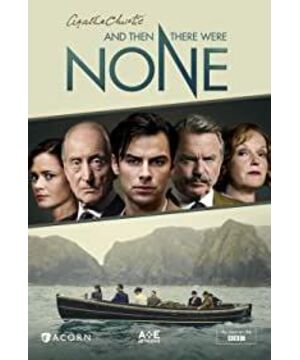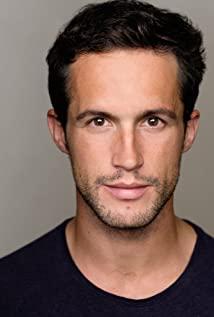The story begins with a catchy poem:
Ten little Indian boys run to eat;
one can't be saved from choking, and only nine of ten are left.
Nine Indian little boys were really sleepy late at night;
they fell asleep and died, and only eight of the nine were left.
Eight little Indian boys went hunting in Devon City;
one was left to go west, and only seven of the eight remained.
Seven little Indian boys, felling trees and branches were not easy; the
axe split in half and died, and the seven were only six.
Six Indian little boys, playing with the hive to provoke the bees;
they flew and died, and there were only five of the six.
Five little Indian boys, causing trouble and lawsuits; the
lawsuits were entangled until they died, and only four of the five remained.
Four little Indian boys went out to sea in a group and suffered a great disaster;
the fish swallowed a bloody one, leaving only three of the four.
Three little Indian boys suffer disaster in the zoo; a
bear suddenly falls from the sky, leaving only two of the three.
Two little Indian boys, sighing in the sun;
sunburned and roasted to death, only one of the two.
A little Indian boy, only one person came
back; Xuanliang committed suicide, and there is no one left.
The film's original novel of the same name is the source of this poem. It's just been slightly changed in this film, but its function is the same, which is to predict the way and order of 10 people's deaths.
This is a British drama, which has ended, with a total of 3 episodes of 50 minutes each. Just like Sherlock.
It is said that after the end of World War I in the last century, in the cloudy London, England, 8 people who did not know each other received an invitation letter from UNOwen, inviting them to a big house on a deserted island isolated from the world. guest.
Of the eight invitations, three were equivalent to offers. The three recipients were doctors, mercenaries, and police officers. None of them knew what their jobs were, and it was not until they chatted with the other five that they realized it. The identities of the other five are teachers, nuns, generals, judges, and young masters.
All the way, the journey was exhausted, and it was easy to reach the eerie Bieye. Everyone found that there were two servants serving their food and daily life, and the meals were quite good. Just when everyone started to relax and prepare to feast on their food, the "broadcast" suddenly sounded in the empty mansion, and their crimes were pronounced one by one...
Then, they became suspicious of each other, were killed one after another, psychologically distorted, and their emotions intensified, and the situation slowly got out of control. Human nature is gradually revealed, and the truth is revealed at the last moment...
Whether it is tone or rhythm, the film is full of a strong British flavor. What does that mean? It is slow and gradual, and the characters do not render the atmosphere in place, and the plot will not develop further.
It can be called the purest adaptation of Agatha Christie.
Similar to Agatha's novels, the film also insinuates some social issues in the process of advancing the case, such as anti-gay, women's ascension channel is blocked (the lower-class people can only get married in the upper class) and so on. This is not idle writing, but an important part of the story line.
Different from other suspense films, the truth at the end of this film is revealed more simply and neatly. The murderer does not review the killing process one by one, and the picture does not flash back. After the film explains the core elements, the murderer expresses his emotional appeal in a short ceremony. Then go west.
So how is the process of killing in the middle connected? How to stitch the details? Are there any loopholes in the plot? Please be careful when you read this for yourself. It is best to prepare a pen and paper, and jot down when you see the key.
But to be honest, Agatha Christie's story is not as rushed as Sherlock Holmes or Hitchcock's, requiring you to understand the plot against the clock. After watching the ending, I generally understand what happened ahead, and I personally don't have much urge to ponder the details.
This is not to say that her works are inferior. Since ancient times, women are half the sky. Who said women are inferior to men? Her story has great emotional appeal. I saw eleven o'clock last night, and I was immersed in it all night. Perhaps this is the power of female mystery novels.
To make an inappropriate analogy, Sherlock Holmes is a six-merged sword, which is precise and sharp; Hitchcock is the nine swords of Dugu, whose sword is slanted and sharp, and unique; Agatha is a bone-turning palm, if there is one , hurts invisible.
View more about And Then There Were None reviews











